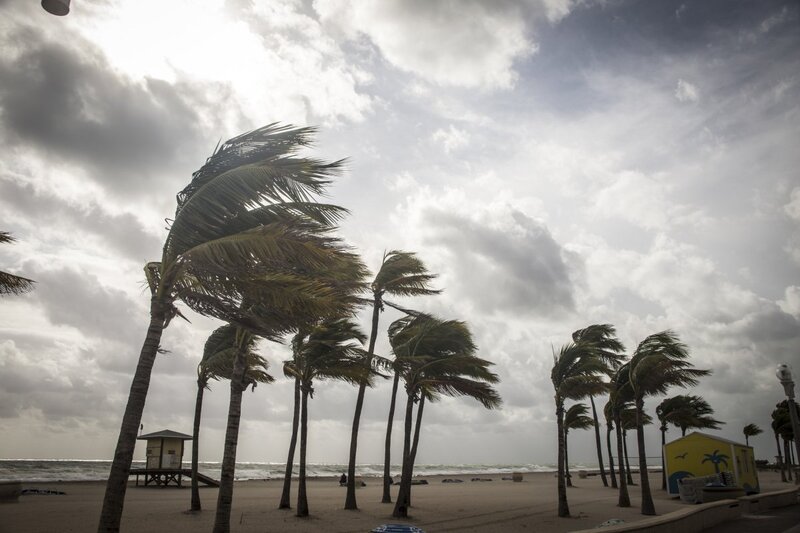Blog
When is hurricane season in Hawaii 2025?
You’re planning a trip to Hawaii with friends and loved ones, but wondering: when is hurricane season in Hawaii? Hawaiitrend is here to provide you with all the essential information about Hawaii’s weather and hurricane season.
What month is hurricane season in Hawaii?
The National Weather Service (NWS) states that Hawaii’s hurricane season occurs annually from June 1 to November 30.What is the rainiest month in Hawaii?
The rainiest month in Hawaii is typically December, particularly to islands like Kauai and the east side of the Big Island.
From October to March is considered the rainy season in Hawaii. You should carefully consider traveling to Hawaii during this period and be well-prepared if you plan to visit.
When was the last time Hawaii was hit by a hurricane?
The last time Hawaii was struck by a major hurricane was in September 1992, when Hurricane Iniki devastated the islands, causing extensive destruction to infrastructure and homes across the region.
Which Hawaiian island gets the most hurricanes?
No specific Hawaiian island consistently gets the most hurricanes, because hurricanes rarely make direct landfall in Hawaii. However, when storms do approach, the Big Island of Hawaii (Hawai‘i Island) often acts as the first barrier, and is most likely to be affected first due to its easternmost location.
Here’s how hurricane exposure generally varies by island:
Hawai‘i Island (Big Island): Most likely to feel the first effects of an approaching storm. Its high volcanic mountains can sometimes disrupt or weaken storms before they reach other islands.
Maui and Oʻahu: Occasionally impacted, but rarely take a direct hit.
Kauaʻi: While farther west and less frequently affected, it has experienced some of Hawaii’s most severe storms—like Hurricane Iniki in 1992, which made direct landfall on Kauaʻi, causing widespread damage.
Is Hawaii safe during hurricane season?
Most hurricanes that occur in Hawaii typically form at a considerable distance from the mainland—approximately 2,500 kilometers away from Hawaii.
Hawaii’s infrastructure has evolved significantly to withstand hurricanes and severe weather conditions. Modern building codes require new constructions—including homes and hotels—to be wind- and storm-resistant. In many areas, utility lines have been moved underground to minimize power outages. The state also maintains a robust emergency alert system, including sirens, text alerts, radio broadcasts, and evacuation plans. Key roads are designed to remain accessible during emergencies, and designated public buildings serve as shelters when needed. Overall, Hawaii is well-prepared to handle the impacts of hurricanes.
What to do in Hawaii during a hurricane?
Before the Storm:
Prepare an emergency kit. The Hawaii authorities recommend stocking at least 14 days’ worth of non-perishable food, drinking water (1 gallon per person per day), medications, and hygiene supplies. Other essential items include a first-aid kit, radio, spare batteries, flashlight, can opener, and cash.
Due to the pandemic, be sure to include personal protective equipment (PPE) such as masks, gloves, and hand sanitizer in your emergency kit.
Create a family communication plan to determine how and where to reunite if normal communication channels become unavailable.
Identify the nearest evacuation shelter.
Secure your property by protecting vulnerable windows, trimming trees and shrubs, and securing outdoor items such as furniture, plants, trash bins, and decorations.
During the Storm:
If you are in an evacuation zone, relocate to the nearest shelter. Bring your emergency kit with you, as shelters may not be stocked with food or water.
Close all windows and curtains.
Stay away from windows and remain in an interior room.
Stay tuned to the latest updates via radio or television.
After the Storm:
If you evacuated, wait for official clearance before returning home.
Inspect your property for damage. Document all damages with photos and contact your insurance provider.
Use text messaging or social media to communicate, and make phone calls only in emergencies. Phone networks may be down or congested after a disaster.
Do not walk through floodwaters.

